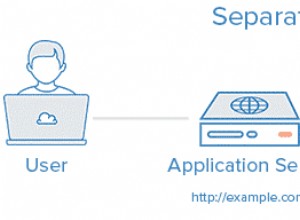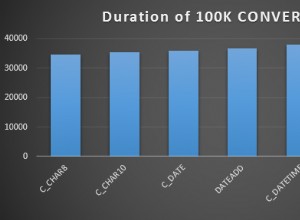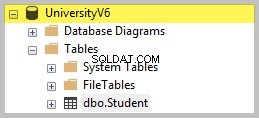@Logan Wayne ने जो बताया उस पर विस्तार करने के लिए...
इसलिए, अपने जावास्क्रिप्ट में, जब आप अपने टेबल डेटा तत्वों के संदर्भ लेते हैं, तो आप जो भी आईडी प्रदान करते हैं, आपको हमेशा दस्तावेज़ ऑब्जेक्ट का पहला उदाहरण मिलेगा।
// 2. Define what to do when XHR feed you the response from the server - Start
var product = document.getElementById("product").value; <-- will always return the same element
var pp1 = document.getElementById("pp1").value; <-- will always return the same element
var rp1 = document.getElementById("rp1").value; <-- will always return the same element
var stacking = document.getElementById("stacking").value; <-- will always return the same element
आपको या तो अपने td ऑब्जेक्ट के लिए अद्वितीय id असाइन करनी होगी, या, जैसा कि @Logan Wayne ने उल्लेख किया है, HTML DOM ऑब्जेक्ट की क्लास प्रॉपर्टी का उपयोग करें।
वर्गों का उपयोग तत्वों की तरह समूह बनाने के लिए किया जा सकता है। अपनी तालिका (उत्पाद .) में विभिन्न स्तंभों को वर्ग नाम निर्दिष्ट करने के बाद , प्रचार मूल्य , नियमित मूल्य , स्टैकिंग ) आप उपयोग कर सकते हैं getElementsByClassName() td तत्वों की एक सरणी प्राप्त करने के लिए।
...
var products = document.getElementsByClassName("product"); <-- array of product td elements
...




